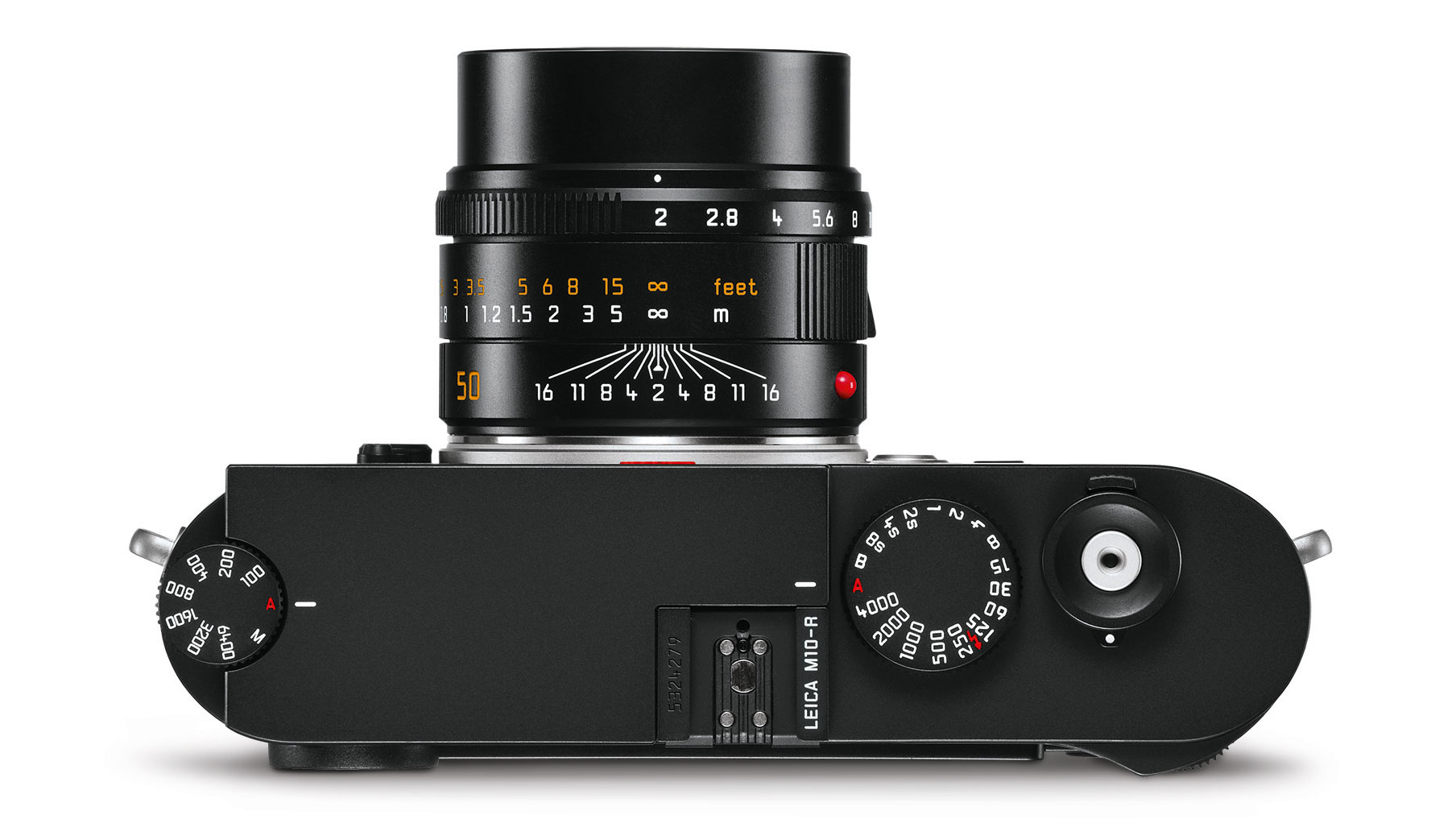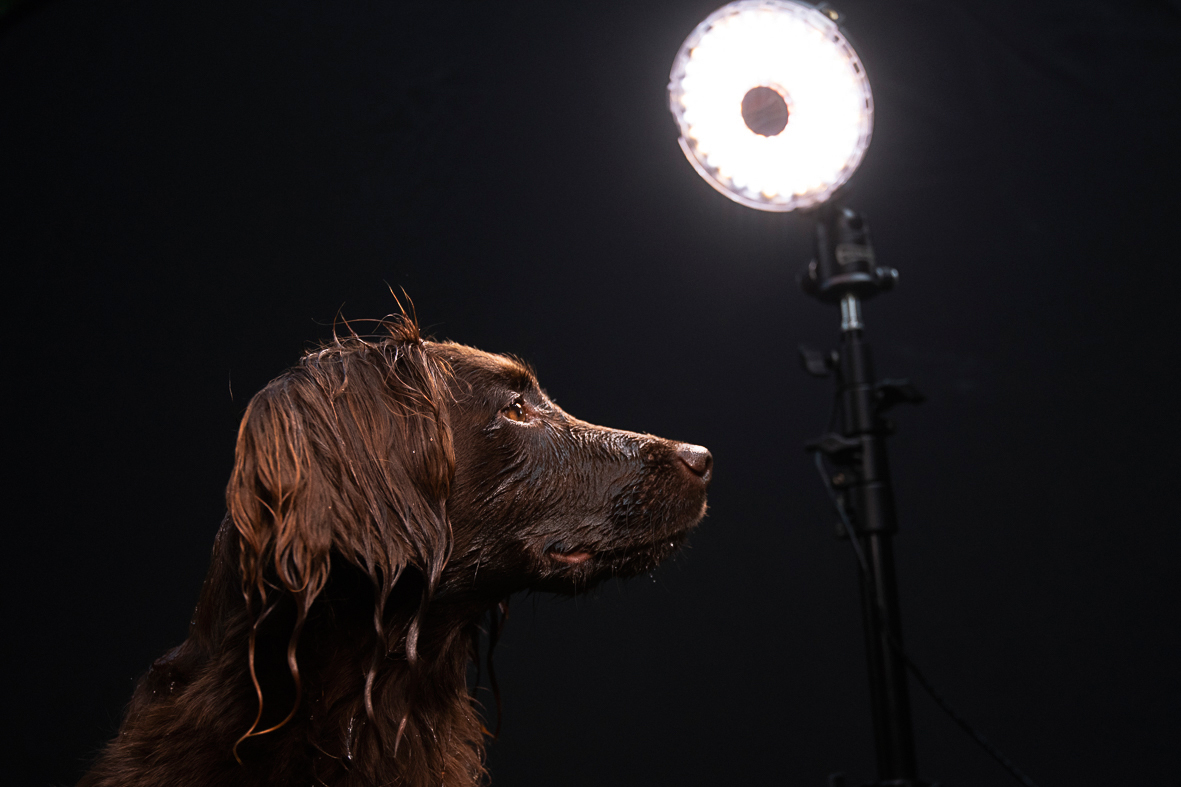5 ways shooting with a Leica M is unlike anything else
They are incredibly expensive, incredibly basic, incredibly DIFFERENT. Why are we even still talking about the Leica M?

The Leica M is an anachronism. It's a digital version of a camera design that was starting to look dated even when the first 35mm SLRs appeared on the market. So why is it still going, why do people still pay such incredible prices to buy one, and what can it possibly offer to a modern digital audience?
We've thought about this a lot. And in the wake of our Leica M-10 Monochrom review, and ahead of our Leica M10-R review, this is what we think.
• The best Leica cameras in 2020
1. The body shape
The M10 is about average width for a full frame mirrorless camera, but its height is less and its body is much slimmer. There are no protrusions and no grip. It doesn’t seem big enough to be a full frame camera, but it is. The lack of a grip makes it less secure for one-handed carrying, but it reinforces the feeling that this is a camera reduced to its essentials. Leica has a phrase for this: “das Wesentliche”, which translates roughly as ‘reduced to the essence’.
2. The viewfinder
This is not a through-the-lens viewfinder. If you are going to gasp, this is the time to do it. In an age when through-the-lens-viewing has become a thing we take for granted, the Leica M viewfinder is a shock. It has brightline frames for a handful different lens focal lengths, but you have to remember which ones to use for the lens you have on the camera at the time. There is parallax correction built in, but the closer you get to your subject, the less precise the framing becomes. Is this a problem? Not if you know how your software’s crop tool works. And it does mean you can see what you’re missing outside the frame while you’re shooting. But if it’s all too much, there’s always live view.
3. The focusing
There is no autofocus. You have to focus manually, using either the rangefinder system in the viewfinder, or in live view using aids like focus peaking. If you didn’t gasp at the viewfinder, you have a second chance to gasp now. With the Leica M it’s your job to focus. Can you imagine! It’s not that difficult to turn the focus ring on the lens to line up the ‘ghost’ image in the viewfinder, but it is quite difficult to remember every time. Soon, however, you become quite fast, and later on the realisation dawns that focusing is not a precise art and you should also think about depth of field and ‘zone focusing’. The Leica M might seem primitive, but it encourages photographic (and thinking) skills that we are in danger of losing as a generation.

4. The lenses
If you think Leica M bodies are expensive, take some time out, get a glass of water, and sit down before out before you look at the prices of Leica lenses. They are remarkable for more than their price, though. Firstly, how are they so small? (Clue: they have no AF actuators, they haven’t had to be designed for long flange-sensor distances, they haven’t been designed for the brittle wide-open brilliance of modern ‘digital’ primes). Secondly, they have a visual quality that modern primes don’t. They don’t have the wide-open sharpness of the latest (massive) digital lenses, or the same corner shading corrections. What they do have is a unique ‘rendering’ or ‘drawing’ which you can’t measure in lab tests but you can see with your eyes. It’s like beautiful bokeh – it means nothing until you see it for yourself, and once you’ve see it you just want more.
The best camera deals, reviews, product advice, and unmissable photography news, direct to your inbox!
5. The price
Well, obviously. There will be plenty of people who think that the features (what features?), and whatever qualities Leica M cameras have (subjective, not objective) come nowhere near close to justifying the cost of these cameras and lenses. In any way you care to measure it scientifically, they don’t. Any number of far cheaper modern cameras will be easier to use and deliver easier, more predictable results. We agree with you. However, if you have an appreciation for engineering, the feel of physical objects and the complex way in which we interact with them and respond to them, the Leica M starts to make sense. It demands more of you than a regular camera, but can also offer more in return, and draw more out of you as a photographer. Who said making an image had to be easy?

Are we serious?
Actually, yes. The world is fixated on cost, and imagines that’s the same as ‘value’. Too many photographers are cynics, and as Oscar Wilde so brilliantly put it, a cynic is: “A person who knows the price of everything, and the value of nothing.”
FYI, none of us here on DCW can afford a Leica M. You aren’t rich, and neither are we. But, if you can afford a Leica M and you buy one, that doesn’t make you a fool. To use an analogy, that just makes you someone who would rather drive a '68 Mustang Fastback than whatever it is they are calling a Mustang in 2020 (sorry, Ford). Sometimes the things we want are expensive, impractical and impossible to justify. So what?
Read more:
• The best Leica cameras
• Best professional cameras
• Best mirrorless cameras
• Leica M10 Monochrom review

Rod is an independent photography journalist and editor, and a long-standing Digital Camera World contributor, having previously worked as DCW's Group Reviews editor. Before that he has been technique editor on N-Photo, Head of Testing for the photography division and Camera Channel editor on TechRadar, as well as contributing to many other publications. He has been writing about photography technique, photo editing and digital cameras since they first appeared, and before that began his career writing about film photography. He has used and reviewed practically every interchangeable lens camera launched in the past 20 years, from entry-level DSLRs to medium format cameras, together with lenses, tripods, gimbals, light meters, camera bags and more. Rod has his own camera gear blog at fotovolo.com but also writes about photo-editing applications and techniques at lifeafterphotoshop.com
